Despite its crusty past image, Bordeaux today is full of fresh ideas as a younger generation are holding the reins and directing the wines made in Bordeaux in a different direction. It is the small independent producers (who I call the SIPs – see my book Bordeaux Sip by Sip Editions Sud Ouest) who are more flexible and reactive to the changing trends that are leading the way in terms of the wines that are made and the way they are offered to clients through wine tourism.
Nestled in a valley not far from St Emilion lies Château Picoron. Its owners, Australian Glenda and Frank Kalyk fell in love and bought this 5 hectare property in 2014. This year with the restrictions they are unable to travel from their home in Sydney to visit and make the most of its cosy château, pool or its park and sumptuous views over the secluded vinyarded valley. #lavignecontinue and are upkept by a small team who specialise in growing the grapes and making the wine for such absent international owners. .

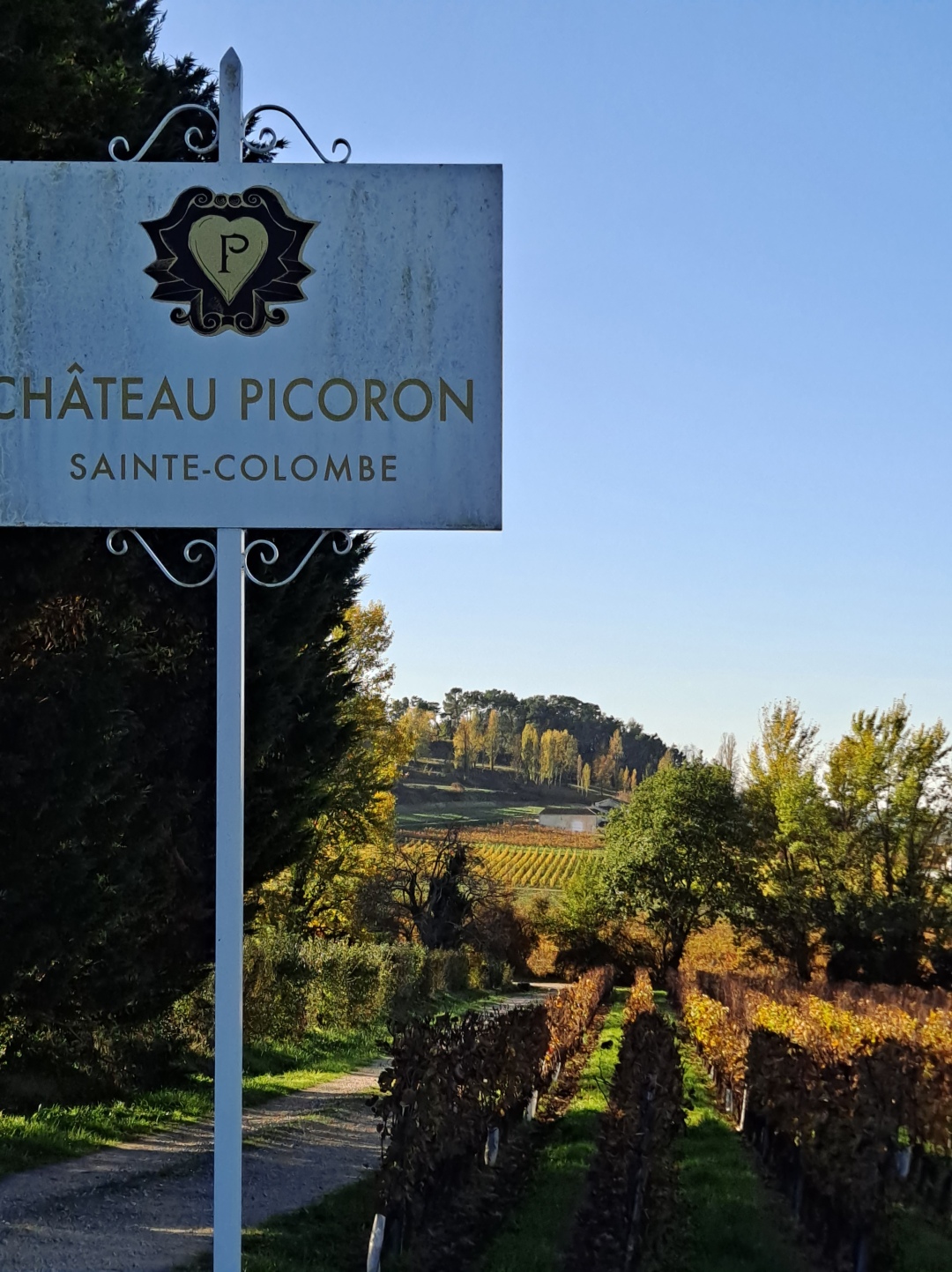
So the wine is still being made, and sold by the couple’s dynamic son, William who is fresh from the tech world of Uber, passionate about Bordeaux wines but with ideas outside the usual Bordeaux Wine box reflecting information coming directly from the modern wine market with on-line tastings and offers.

The appellation here is Côtes de Castillon but this avant garde family are pushing the boundaries and making some less classic Bordeaux with especially low alcohol levels, whole grape fermentations and even a white Merlot. They are using designers from Oslo and Italy to come up with a label to match these modern ideas.

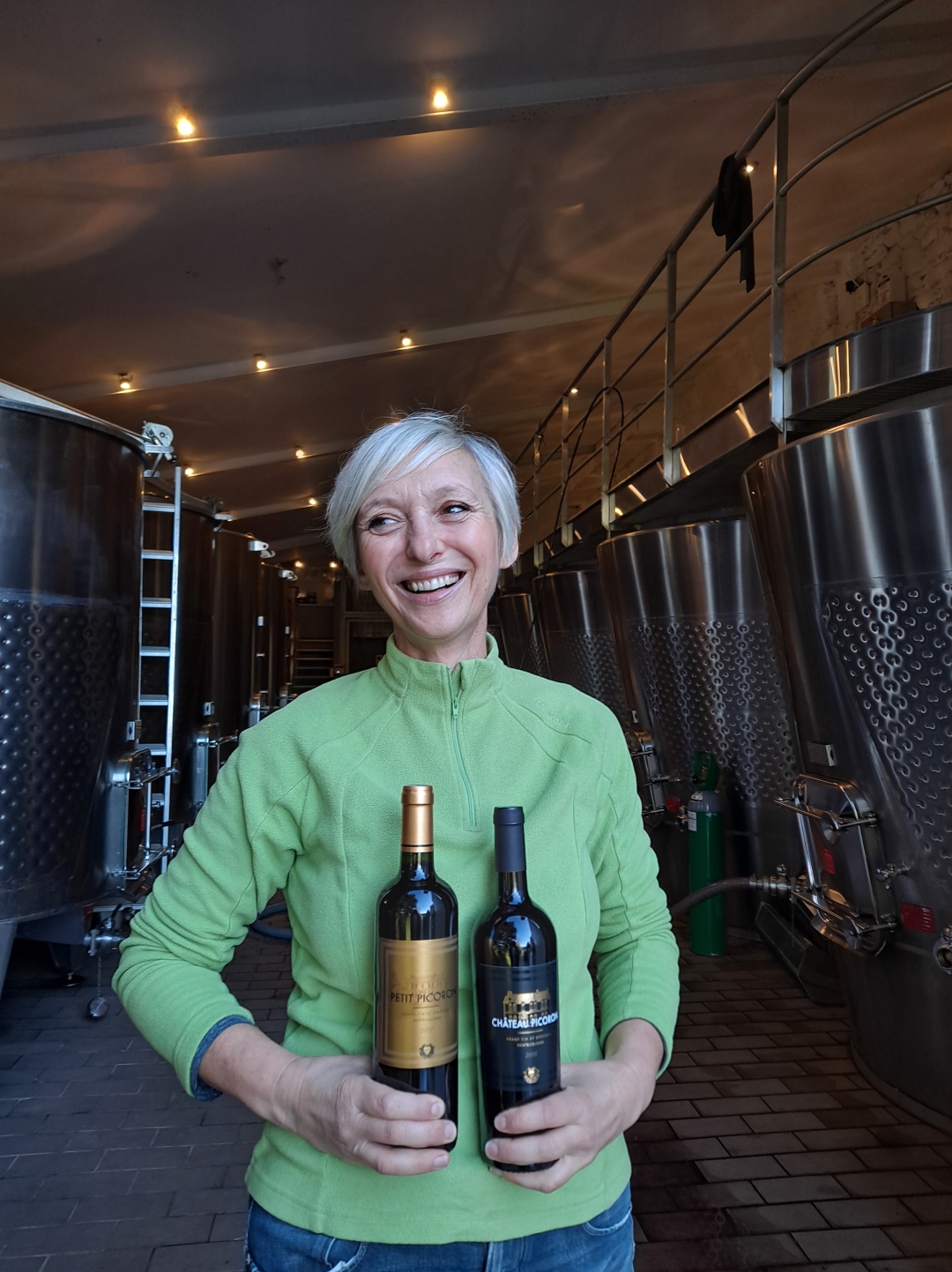
Often it is the younger generation that lead this new impetus. This dynamic generation are better travelled than their parents, better linguists and more adept at selling direct, away from the traditional route of selling uniquely through Bordeaux’s wine merchants (the négociants). The way they manage the vines and make wine has changed too.
Offerings of wine tourism have become more and more varied at the wine châteaux with picnics, aperitifs, winetastings (Château de Cerons in Graves, Château Thieuley in Entre Deux Mers, Château Angludet in Margaux, Château Sigalas Rabaud, in Sauternes).

Boutique hotels with luxury spas Château Palanquey in Castillon, Château Latour Segur in Lussac St Emilion and upmarket chambre d’hôtes Château Tournefeille in Lalande de Pomerol and Château le Sèpe in Entre Deux Mers).

Growing grapes with as little chemicals as possible is also part of this new movement with many properties becoming organic and eventually biodynamic.
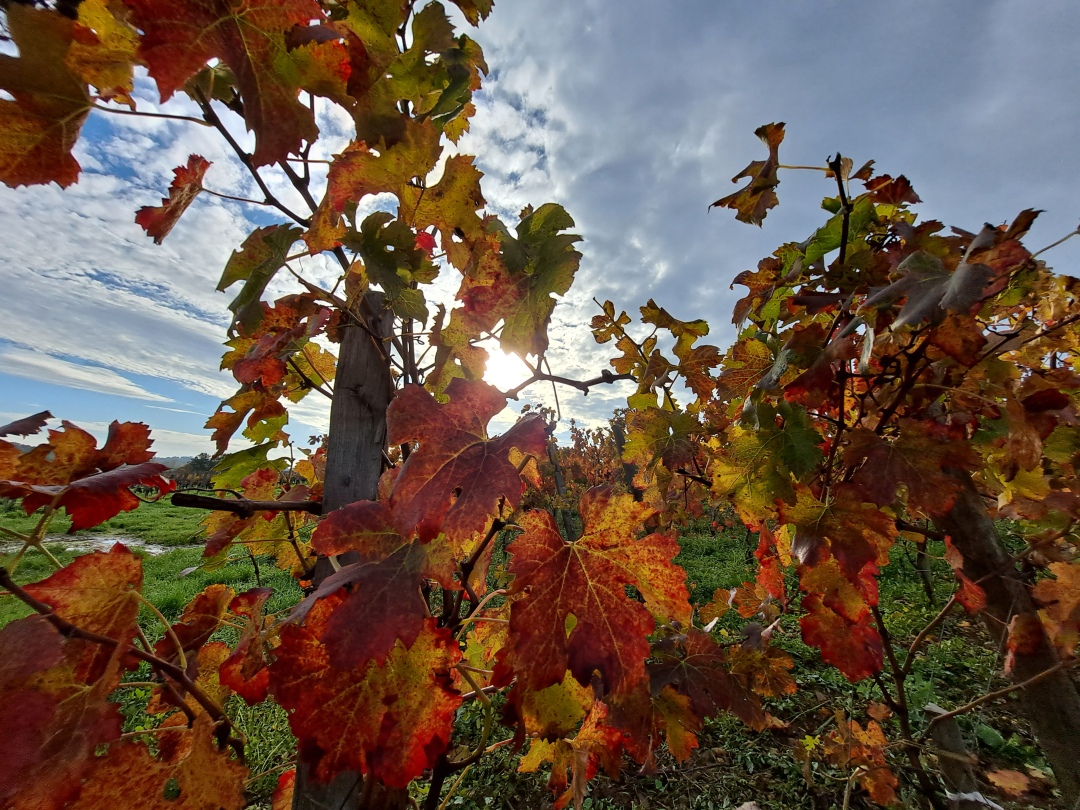
Amphoras are part replacing the classic barrique making wines that are ready to drink earlier with more fruity styles. Whole berry fermentation brings another type of fruity flavours. There is a more free choice of the style of wine made today which gets away from the classic style more and more – either still keeping within the appellation rules or not and producing Vin de France or IGP Atlantique for example.

Dont forget the first to use amphoras was Jean Michel Comme at classified Pontet Canet in 2012 – their second wine was rejected for being not Pauillac enough – ie not oaky enough, nothing to do with the terroir of the appellation! We have come a long way since, thanks to pioneers like this.

The Carles family have been making wine for several generations in St Emilion (the village of St Christophe de Barde a short cycle ride from the medieval village of St Emilion). They have several classic St Emilion wines including the juicy lighter bodied fresh Château Panet and the more concentrated Château Coudert from limestone terroir. They also have a red cherry fruit Pomerol Croix des Rouzes.
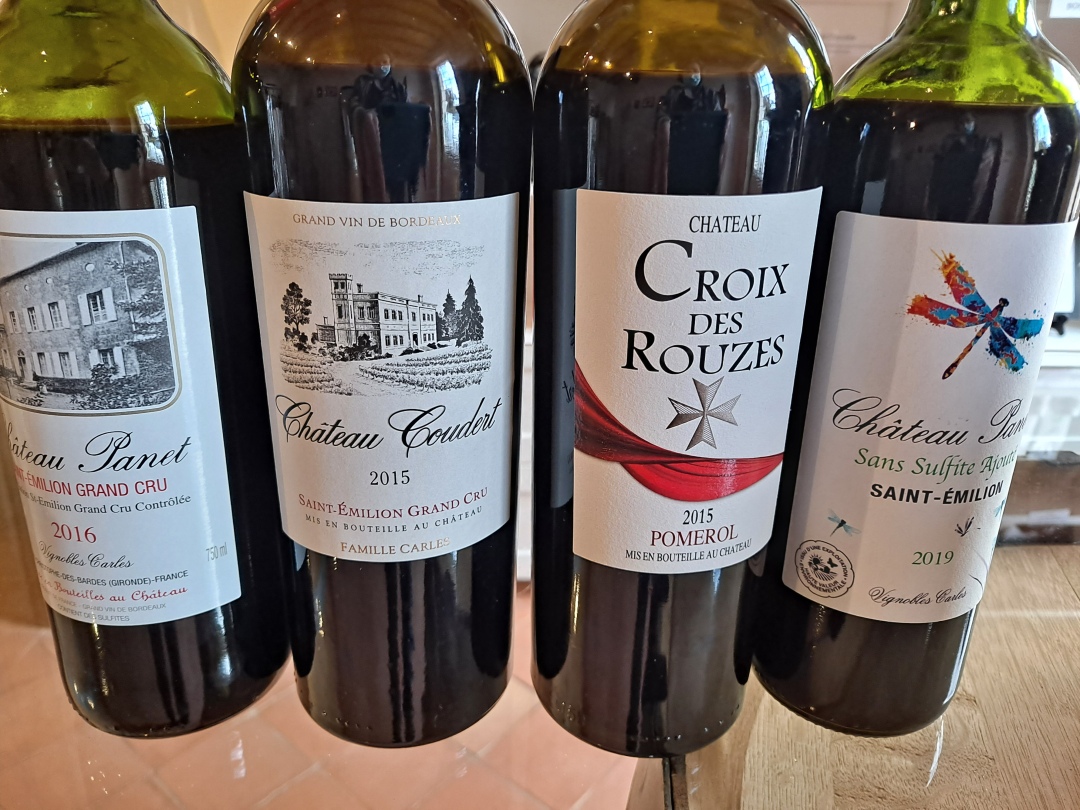
In 2019 they made a version of their Château Panet without any sulphites added at all, 100% Merlot handpicked. It is not aged in oak at all, only cement tanks for 8 months at 8 to 10°C (it is the low temperatures that stabilise the microbiology and a little carbon dioxide that protects it from oxidation). I enjoyed this wine (with its funky dragon fly label) with its chewy concentration of fruit, and freshness like eating a bowl of summer fruits. There is grip on the finish which makes your taste buds salivate! Wines without the protection of sulphites like this one, are made for enjoying young (within 1 to 2 years). Young winemakers in the region are pushing the boundaries.
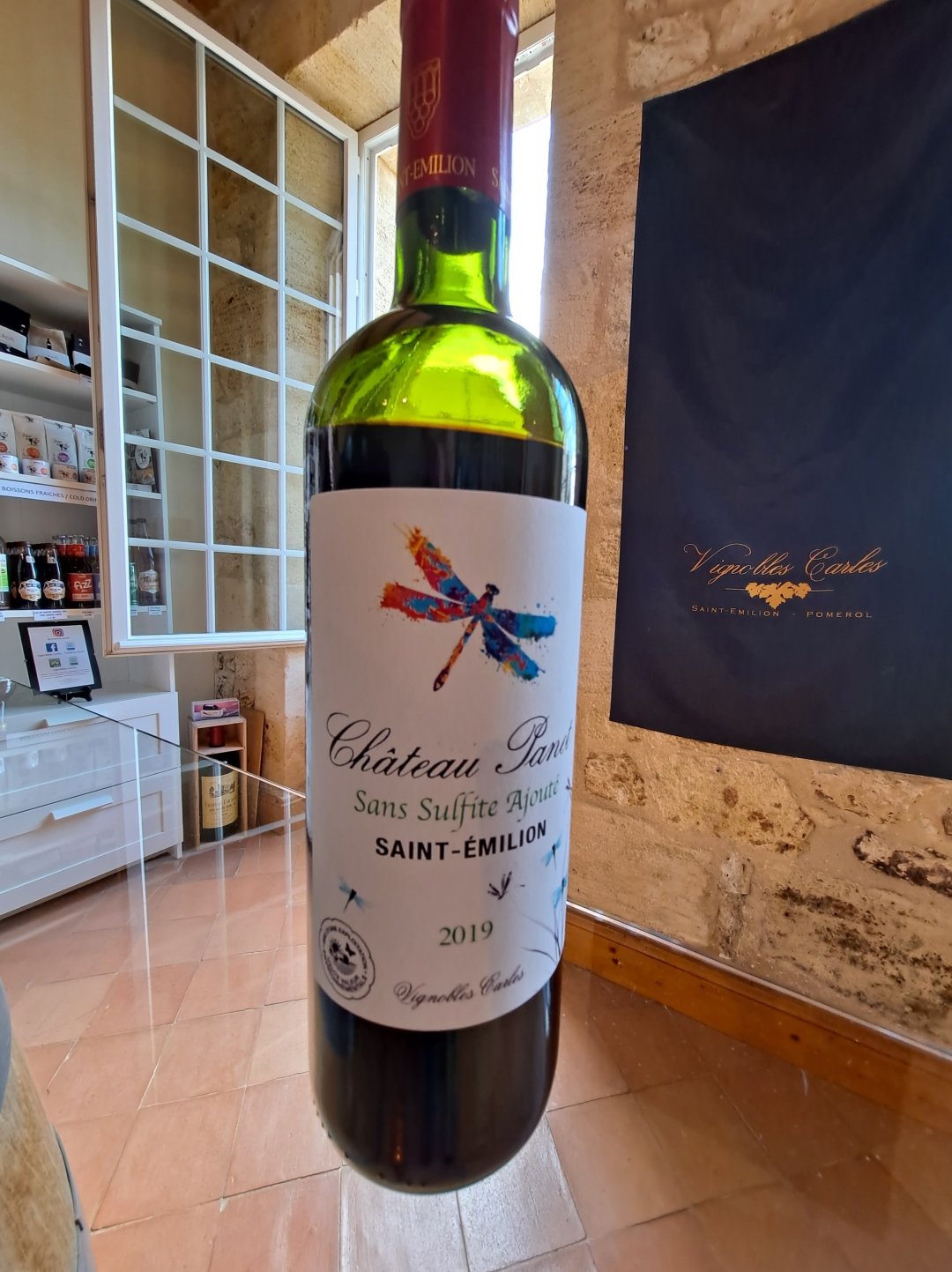
It is possible here to taste wine by their pretty lake overlooking the vineyards with a platter of charcuterie or a picnic all year around but the local market (or from the local town of Libourne (population 25,000) or Bordeaux 45 minutes away (250,000 people) do not have the custom of enjoying wine like this.

William Kalyk of Château Pichoron asks why? In his native Sydney, the young enjoy spending weekends in the Hunter Valley, a two hour drive away. Other new world wine regions such as the Napa, Sonoma, Santa Barbara are inundated by ‘locals’ each weekend bumper to bumper.
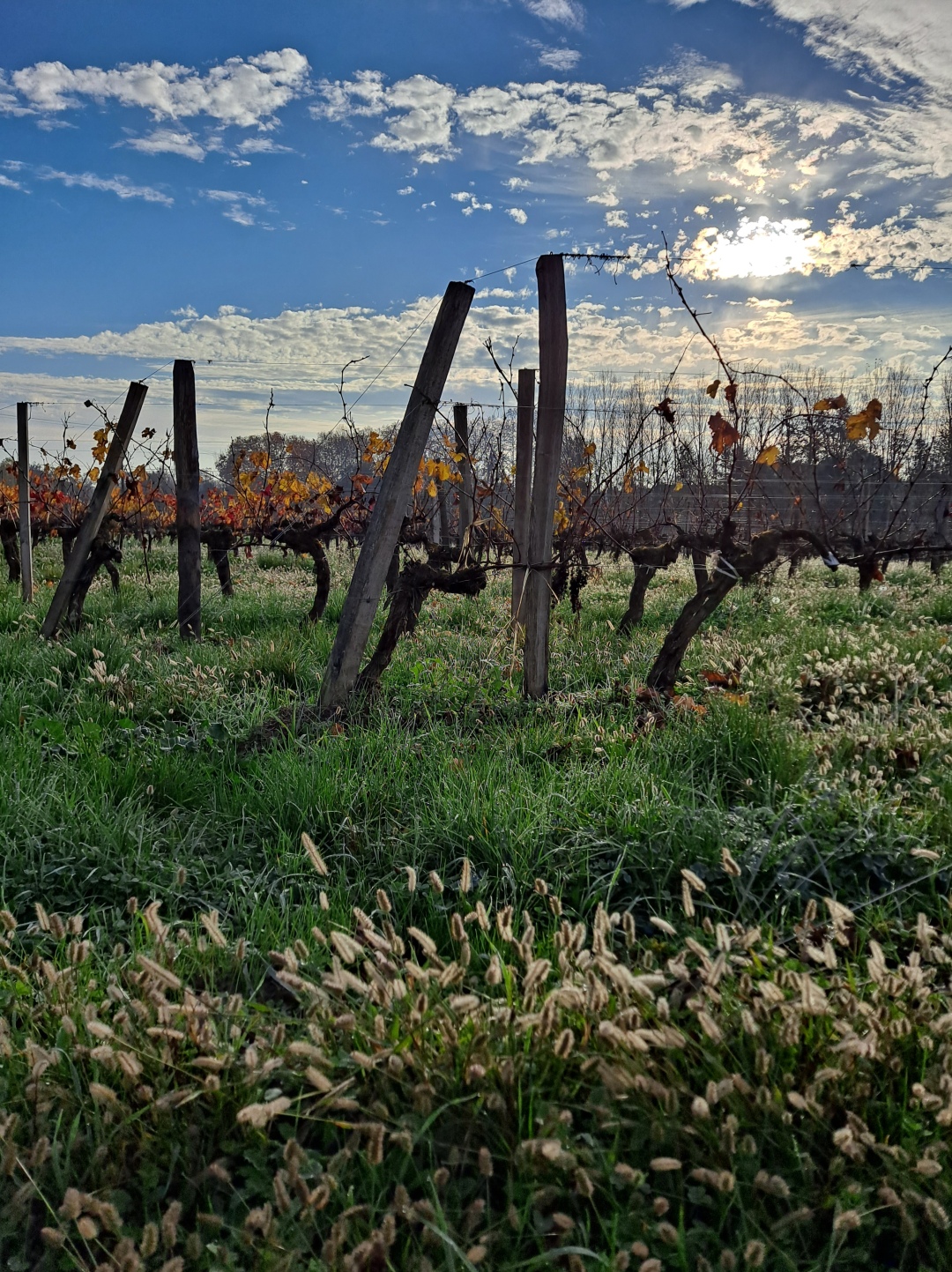
In Bordeaux the tradition weekend activity is to go to the coast ‘to get away from it all’ – yachts, oysters and lots of rosé and white wine to change things from the week. Most people who live locally have some sort of family connection to wine already (or themselves do), know about wine already or consider it old-fashioned. It is true that today, the offering for the young to be entertained in the 110,000 hectares of vineyards in Bordeaux and its 65 appellations is limited. Bordeaux is a very large, very varied region and it is hard to get around without driving yourself. There is no option to drop in without a prior booking so it involves some organisation in advance.

In Bordeaux the visitors who go to visit the wine regions or to go on wine tours tend to be foreigners. The only time the local population visits the wine regions is during the annual ‘portes ouvertes’ (when a particular appellation opens a selections of its châteaux without having to pre-book visits).
There is little aimed at the young upwardly mobile market in Bordeaux or Paris (2 hours on TGV fast train from Montparnasse) yet but there is growing demand from the young as we can see in the wine bars.

The offer of options of wine tourism is expanding every year. Refreshing to see what those from outside the region can bring here with their fresh ideas, we now just have to convince the locals in Bordeaux and Paris to spend a weekend visiting the beautiful source of wine, relaxed informal winetasting in the vineyards not just in the cities wine bars and restaurants.
To find the offerings of dynamic small producers see my book Bordeaux Sip by Sip Editions Sud Ouest
For off the path wine tours to visit those that make the wine http://www.sip-wines.com




